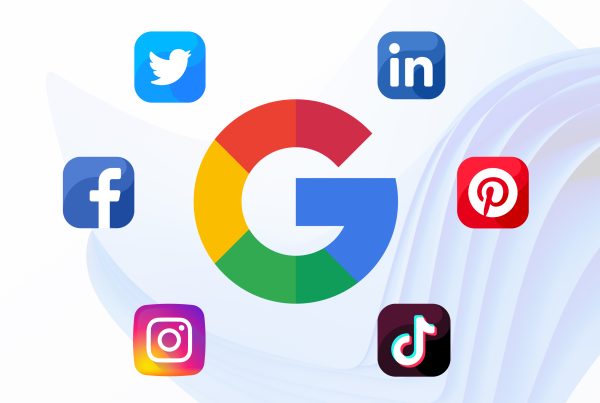The top rules in sales has always focused on the “liking effect” if you follow the Principles of Influence. But do you know how to apply the Top Rule in Sales online? Unlike a live setting where you can talk to a customer to find common ground and develop a relationship, online has less opportunity to foster connections; or does it? As a top web design company we wanted to explore this idea and give our insight on fostering the “liking effect” online.
What is the “liking effect”?
One of the more famous sales rules, as first described by Robert Cialdini, is the “liking effect” which basically states if you want to be able to influence someone get them to like you. You probably have seen this in action when a sales person uses small talk to find commonality, showcases their own success, drops names, or uses one of many methods to try and foster a connection and get you to like them.
Cialdini recently updated his theory to include the importance of the customer believing that you like them. The reason behind this is trust, albeit given a bit blind. If the customer truly feels you like them then they will believe that you not only won’t lead them astray, but also are only thinking about their best interests.
That is a powerful combination; having customers not only like you but also think you like them which then fosters trust which will influence the close of a sale. Looking back on the real estate collapse after 2006, while banks did play a large part in the downfall, there were also thousands upon thousands of transactions taking place with both realtors and loan officers where the “liking effect” influenced customers to buy homes they truly could not afford using mortgages they would never be able to pay off because they felt the person would not lead them astray.
Translating to online
So how do you get people to like you online and then also believe you like them? That is a tricky combination that involves more personalized marketing rather than general campaigns.
- Commonality – This is one of the more powerful things you can do to connect on line. Some companies focus on common causes or values to help bring the business and customers together such as a portion of every sale going to help a specific cause. Commonality also occurs when you share your businesses story such as growing up in a small town, being a single parent working two jobs before launching this business, etc. That story is going to connect with certain customers. By sharing who you are and what you are about as a business and brand, you open the door to commonality with customers to help them like and trust you.
- Flattery – Who doesn’t like to be flattered? The answer is virtually nobody. Flattery leaves a lasting impression which means finding something out about a customer that can become a legitimate compliment is important. This means learning as much about your customers as possible and then when possible including flattery in your direct communications such as emails.
- Timing – When you do something is just or more as important as doing it in some cases. For example, in the moment after you flatter someone and they are feeling the effects of that is the right time to make a request, such as signing up for a newsletter or taking a survey. This can be used in a variety of ways to help influence behavior but should be done carefully and never unscrupulously.
- Show it – When you like someone you often say and do nice things for them. Aside from flattery what can you do for someone because you like them? Sending them personalized communication that includes content specifically for them that you think they would appreciate is one idea. Offering special coupons for future purchases because you appreciate their business is another solid concept. Think of the different ways you can show customers appreciation and help foster that connection and show them that you like them.
The bottom line is that you should know how to apply the top rules in sales online. It is an effective, proven technique that when used properly and of course in an ethical manner, helps forge a stronger connection between a business and customers which leads to conversions and loyalty.
This article was originally published in 18 August 2017. It was most recently updated in January 7, 2019 by Isaiah






















